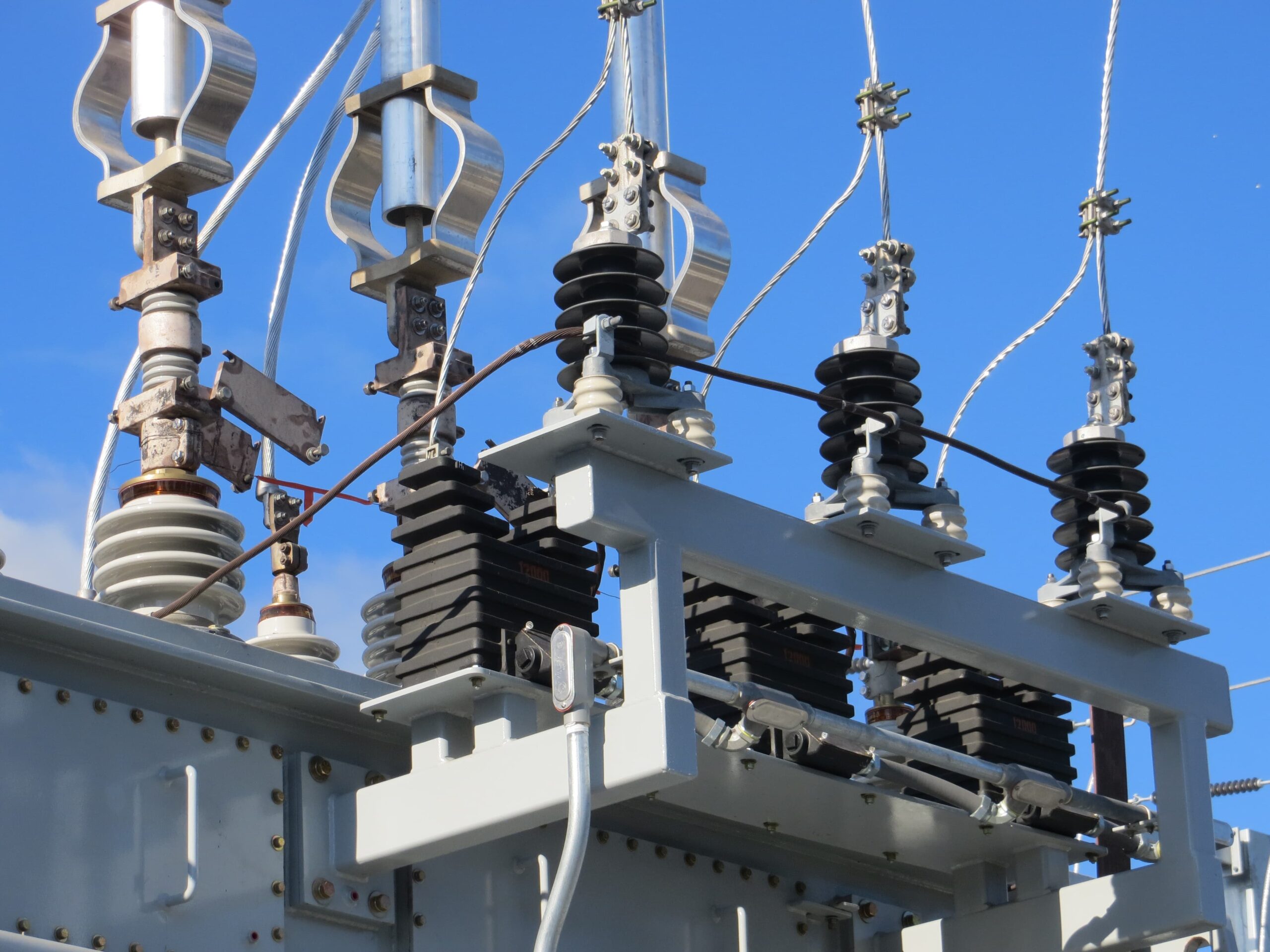Download our publication on district energy
This article is part of our publication ‘District Energy’
Download nowPerspective
District energy
District heating
Surplus heat


The world’s largest pit heat storage of 205,000 m3 combined with a 70,000 m2 solar heating plant is an efficient and cost-effective way to reduce CO2 emissions.
The district heating company in Vojens, Denmark, supplies the majority of the town with heat from its new production facilities – the solar panels. Until recently, the main fuel was natural gas. The production was partly combined heat and power and partlyheat only boilers. Due to lower electricity prices, heat production has become increasingly important for profitability. This change has spurred a search for alternative ways of producing heat. Today, the solar heating plant, including the pit heat storage, delivers 45 per cent of the annual heat demand for the consumers in Vojens.
District heating plants in Denmark are governed by a number of laws and regulations. It is not allowed for plants such as Vojens to switch fuel sources from natural gas, so economic savings from changing to e.g. biomass are not feasible. However, energy saving measures such as solar heat, heat pumps and surplus heat are allowed. Therefore, after careful consideration, solar heat was chosen as a new heat source to reduce the demand for natural gas.
The total investment in solar and heat storage was EUR 16 million. The price for the heat from this facility is 40 EUR/MWh, which in Denmark is below the average price of heat from a natural gas installation of 60 EUR/MWh.
This article is part of our publication ‘District Energy’
Download nowDuring the summer period (mid-April until end of September), the solar plant supplies 100 per cent of heat demand, mainly for hot domestic water. In addition, during the summer, the solar plant has tremendous excess production capacity and delivers heat to the large pit storage. From October, the supply comes partly from the solar heating plant and partly from the heat storage. By the end of the year, the storage will normally be completely offloaded.
The heat loss from the storage is calculated to only 6 – 8 per cent of the total demand. The storage makes it possible to store heat from both the CHP unit and the electric boiler, in case it is feasible to operate these units in the summer period. This feature increases the flexibility of the plant and increases income from the sale of electricity. Due to the high benefit both in terms of flexibility and lower consumer prices, it is expected that many solar and large storage plants, such as in Vojens, will be built in the future – even without subsidies.